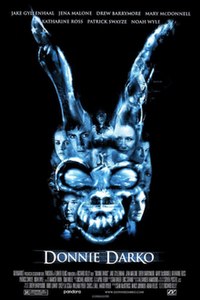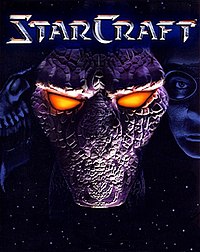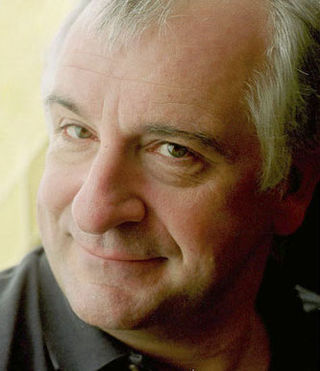Lists













13 Books
Favorite Books
Sort by:
Recent Desc
Major Influences
More lists by Tim Bond
Favorite Authors
Major Influences
March 2022
0
@tim23be69f6



My Movie Canon
Major influences
March 2022
0
@tim23be69f6



The music that made me the musician I am
Little bit of everything
January 2022
0
@tim23be69f6



Favorite wastes of time
Fun fun fun!
January 2022
0
@tim23be69f6


All my shows
When I’m to tired to create, this is what I do.
January 2022
0
@tim23be69f6


